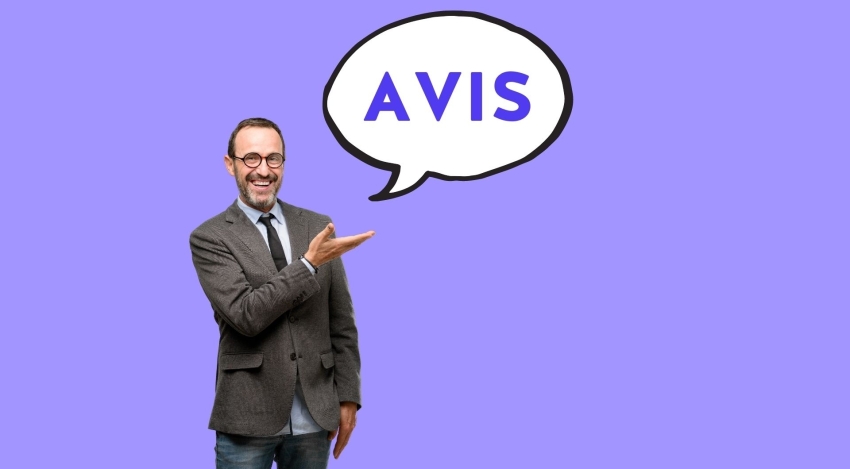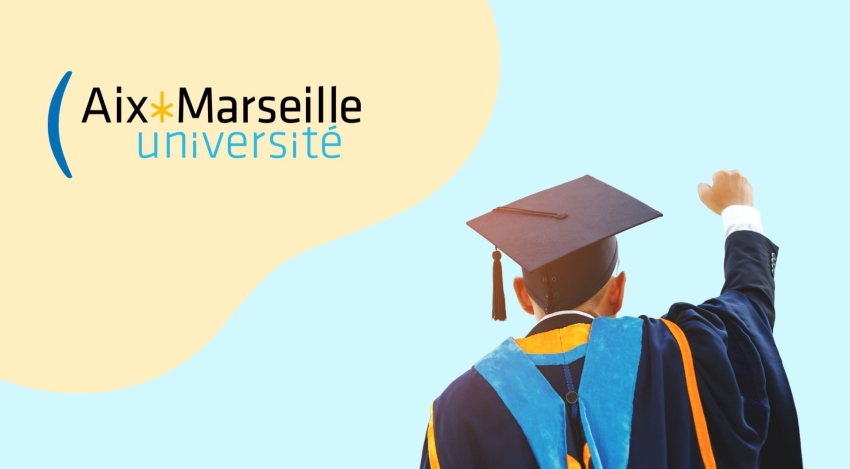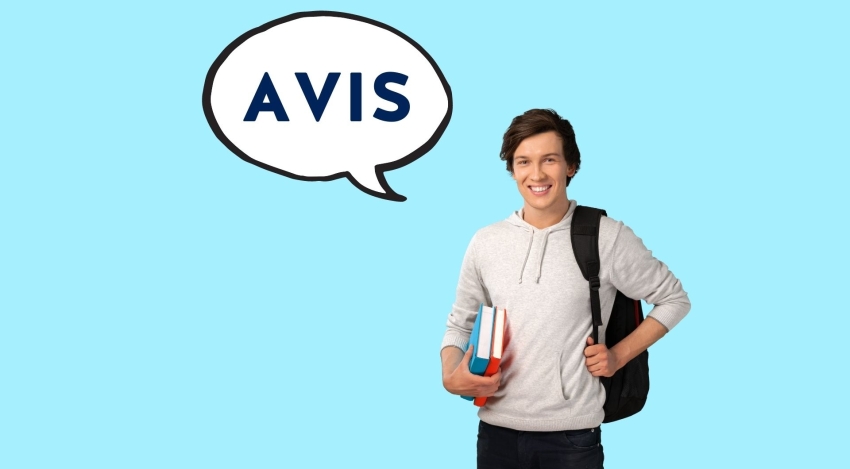

This year, higher education institutions are facing new challenges. Implementing measures hasn't always been straightforward, especially under time constraints. The first lockdown allowed them to experiment with various learning modalities. To ensure continuous teaching and knowledge transmission, many are implementing video conferencing systems or video-transmitted courses, either synchronously or asynchronously. Some also opt for hybrid mode, with some students learning remotely and others in person. This is the case at ESAM (Ecole Supérieure des Arts et Métiers) in Aix-en-Provence. However, the government quickly imposed a complete closure of the institution, forcing some teachers to completely overhaul their teaching methods.
In a previous video, we gathered students' perspectives on the situation. Today, we are focusing on the teachers. What do they think about distance learning? How are the courses conducted? What remains of interaction? How do they adapt their pedagogy to such changes?
To find out, Marc Desvignes and Lorène Heraud, both teachers at the Ecole Supérieure des Arts et Métiers (ENSAM), agreed to answer our questions.
In September, classes were allowed in-person with a 50/50 quota. Thus, the connection was maintained, at least with the attending students. Most lectures were conducted remotely (via Teams). Practical work was done in small groups in person. Today, due to lockdown, everything is done remotely.
Marc Desvignes sometimes teaches his classes from the school, recorded by a Kast camera set up unconventionally on a chair and a trash can! (Our cameras come with a mobile tripod). He needs certain software available only at the school, which students cannot use from home. Marc films himself and the board, shares some files via chat, and answers questions in real time.
Lorène Héraud teaches all her classes from her home, where she sometimes feels quite alone facing 70 black screens... She misses the time of in-person lectures or at least hybrid ones. Practical work goes relatively well, despite the lack of feedback and student responsiveness. By dividing the classes into subgroups, students can work together on Teams, and the teacher intervenes to answer questions. Lorène still notes a real digital advantage for projects. Indeed, these projects are carried out in small groups of 4 over several months. The exchanges are very fluid thanks to chats or emails, allowing for regular follow-up.
Both of our interviewed teachers prefer synchronous classes.
According to Marc, asynchronous video classes are ineffective. Students need more guidance. The teacher is there to support them but also to push them a bit. Not all students have the will to learn; the teacher adapts the course based on the context, questions, and reactions of the attending students.
A pre-recorded video then distributed asynchronously is thus not suitable. It can be used as a support for a specific concept, up to a maximum of 5 minutes. However, he notes a small exception for professional training where all participants know why they are there, and where asynchronous learning can be useful and effective.
Alone in front of their computers, teachers regret not being able to see students' reactions. It's difficult to give a lecture to 70 people who neither turn on their microphones nor cameras. Hybrid mode then appears much more interesting: part of the students are in the classroom, while the rest attend the class remotely and in real time. For Lorène, this is the best option in the current context. Indeed, she can observe the attending students to ensure all concepts have been well understood.
Interaction is challenging; it can be done via chat, very practical for some, too chaotic for others. Students are shy and sometimes hesitate to ask questions. Some teachers also struggle to respond in the chat as it disrupts the flow of their lecture and takes up a lot of time.
To make classes more dynamic, solutions like Wooclap have been implemented. This allows students to participate almost anonymously. It wakes them up and allows for breaks, as it's not easy to follow a multi-hour class in front of a computer.
During the first lockdown, schools had a hard time organizing remote exams. Several problems arose: How to give everyone the same chances of success? How to prevent cheating? Which software to use? It was a real puzzle for institutions, which were unprepared for the situation. For Marc, his project-type exams ended up going very well and were the most adapted to the situation.
Today, schools are allowed to organize exams in person. ESAM didn't want to take risks during the lockdown. All exams were postponed to December, with the hope of being able to conduct them in person.
For Marc, the profession of a teacher is similar to that of an actor (and even more so in front of a camera...). With around thirty years of experience, he's had time to try everything and has seen many technological changes. But tools remain tools and don't replace the human aspect of teaching. Pedagogically, nothing beats an in-person class, in front of a blackboard. Students' reactions are essential to adapt one's teaching. PowerPoint slides serve as a support and shouldn't contain the entire lecture.
Lorène is more moderate. For her, projects are very effective with digital tools adding real value. However, she remains unconvinced by remote lectures. The lack of visibility prevents her from conducting her lecture effectively.





